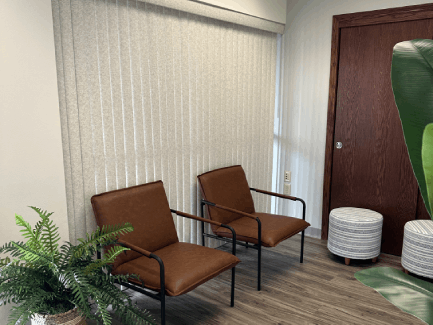Angela Waldoch on Art Therapy:
Art Therapy 101
Perhaps Wisconsin native artist Georgia O’Keeffe (1887-1986) said it best while describing her own creative process, “I found that I could say things with color and shapes that I couldn’t say any other way – things I had no words for.” This is the very core and beauty of art therapy.
So what is Art Therapy?
Art therapy is using art as a means of expression to improve and enhance the physical, mental, and emotional well-being of individuals of all ages, abilities, and from all walks of life. Research indicates the inherent powers of art making can help people resolve conflicts and problems, develop interpersonal skills, manage behavior, reduce stress, increase self-esteem and self-awareness, and achieve insight (AATA, 2011)
How is Art Therapy Powerful?
Art is the universal language. It is cross-cultural; it knows no age, gender, race, ethnicity, or socioeconomic status. In fact, human beings have been expressing themselves through imagery since the beginning of time. Whether you define yourself as an artist or not, creating art is a natural, innate gift we all posses.
The creative art process allows the client to experience freedom of spontaneity, choice, and control. Art making operates on a meta-verbal and often subconscious level; it can offer a different perspective and insight for a client, especially the resistive client who does not want to talk. You will be surprised how quickly someone will open up if given the opportunity to create art. Suddenly, the art becomes the thing to talk about, and this also allows for separation from the client’s situation, in a safe and non-threatening way. The art then becomes the problem, not the person and situation.
Who Can Do Art Therapy?
Art therapists are trained mental health professionals well versed in both the areas of art application and professional counseling. However, art as a form of therapy can be used by any mental health professional. I recommend having at least these basic materials readily available in your office: white paper, markers, colored pencils, and crayons, just incase you encounter a client who cannot find the words to express what is happening right now.




